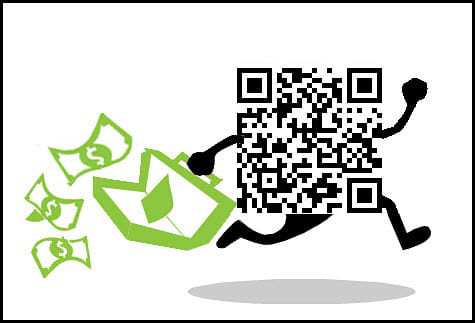 Smartphone scanning technology has been giving shoppers the ability to browse and checkout more independently.
Smartphone scanning technology has been giving shoppers the ability to browse and checkout more independently.
Through the common use of technologies such as QR codes, mobile commerce has started to make its way even further into the in-store shopping experience than it ever has before.
Consumers are using their devices as they shop in a store and companies can use barcodes to guide their behaviors.
Retailers and other merchants across the country have been coming up with their own unique uses for QR codes, which allow them to step into a consumer’s mobile commerce behaviors, instead of trying to compete with them. By including themselves in the use of the smartphones while in-store, they can help to guide the consumer in a more desired direction, instead of trying to fight against the device use.
QR codes are a highly recognizable barcode and their ease of use and inexpensive nature has made them appealing.
Walmart, for example, has implemented QR codes into their overall in-store shopping experience. Their Scan & Go service allows consumers to use their iPhones to scan their own products as they are added to the shopping cart. Then, once they reach the point of sale, they can use the self-checkout register to help to avoid having to wait in lines.
At the moment, that service is available in around 70 stores in the United States. However, the retail giant has revealed that it is hoping to expand the use of these QR codes into 12 more markets – including Dallas, Denver, and Phoenix – to increase that number of stores to approximately 200. Walmart promotional materials are advertising that “Scan & Go is a new way to shop in Walmart stores that allows YOU to take control of your shopping experience.”
That said, QR codes are also being implemented in other ways, in-store Over the holidays, Target attached unique barcodes to each of their top selling items. This, combined with free in-store WiFi made it possible for shoppers to purchase the most popular products even when the store was out of stock. They simply had to scan the codes to make the purchase and the shipping was free to any destination in the United States.
Even products in grocery stores are now being outfitted with QR codes to allow consumers to learn far more about the product, how it was made, what it contains, and from where it was shipped, than would be possible on the limited packaging space.
